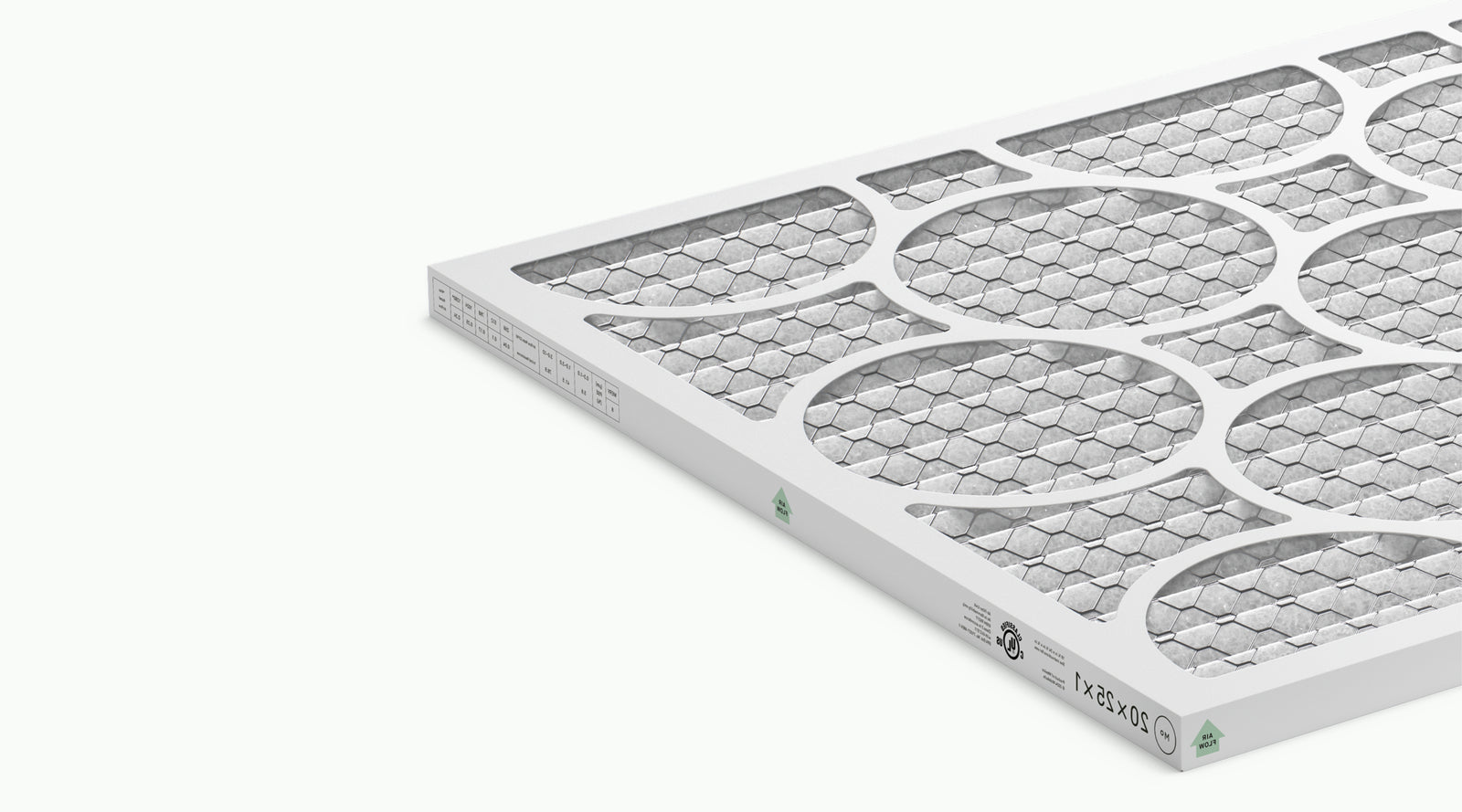As the long, hot days of summer give way to the crisp, cooler air of fall, it’s time to think about transitioning your HVAC system to match the changing seasons. Making this shift efficiently ensures your system operates smoothly and prepares it for the demands of the colder months ahead. Here’s a comprehensive guide to help you navigate this transition and keep your home comfortable all year long.
Schedule a Professional Inspection
The first step in transitioning your HVAC system is to schedule a professional inspection. HVAC technicians can assess the overall health of your system, identify any issues that need addressing, and perform routine maintenance tasks. During the inspection, they will check the furnace, clean the burners, inspect the heat exchanger, and ensure that all components are functioning correctly. Catching problems early can prevent costly repairs and ensure your system is ready for the colder weather.

Replace Air Filters
With summer’s dust and pollen settled into your HVAC system, it’s a good idea to replace your air filters. Clogged filters can reduce efficiency and strain your system, leading to higher energy bills and potential breakdowns. If left for too long, filters can foster mold growth, distributing spores throughout your home. Depending on your filter type, you might need to replace it entirely or simply give it a thorough cleaning. Fresh filters improve air quality and allow your system to run more efficiently.
Check the Thermostat
As the weather cools, you’ll want to adjust your thermostat settings to reflect the changing temperatures. If you have a programmable or smart thermostat, now is a great time to set new schedules for heating. Many modern thermostats can be programmed to automatically adjust the temperature based on your daily routines, which helps in maintaining comfort and optimizing energy use.
Inspect and Clean Ductwork
Ductwork often accumulates dust and debris, particularly during the summer months when your air conditioning is in full swing. Before switching to heating mode, inspect your ducts for any signs of dust buildup or leaks. If necessary, clean the ducts or hire a professional to do so. Properly maintained ducts help prevent mold growth and ensure clean air is distributed evenly throughout your home, improving overall comfort and system efficiency.
Prepare Your Heating System
If your HVAC system includes a furnace, it's crucial to ensure it’s in good working order before the first chilly day arrives. Check that the pilot light or ignition system is functioning correctly. If you have a heat pump, ensure it’s set to heat mode and that the outdoor unit is free of leaves and debris. Regular maintenance will help your heating system operate more efficiently and reliably when you need it most.
Seal and Insulate
To maximize your HVAC system’s efficiency, inspect your home for drafts and areas where heat might escape. Seal gaps around windows and doors with weatherstripping or caulk. Insulating your home, especially in areas like the attic and basement, can also help retain warmth and reduce the workload on your HVAC system. Better insulation means less energy consumption and lower heating bills.
Test Your System
Before you need to rely heavily on your heating system, conduct a test run. Turn on your furnace or heating system to make sure it’s operating correctly and producing warm air. Listen for any unusual noises, and ensure that all rooms reach a comfortable temperature. Testing your system in advance allows you to address any issues before you’re reliant on it for warmth.
Clean Around the Outdoor Unit
If your HVAC system includes an outdoor component, such as an air conditioning unit or a heat pump, ensure it is free from debris. Clear away leaves, twigs, and other obstructions that might restrict airflow. Proper airflow is essential for both cooling and heating efficiency, and keeping the outdoor unit clean will prolong its lifespan.

Conclusion
Transitioning your HVAC system from summer to fall involves a combination of maintenance, inspection, and preparation. By taking these steps, you can ensure your system operates efficiently, providing reliable comfort as temperatures drop. Regular maintenance not only improves efficiency but also extends the life of your HVAC system, helping you avoid costly repairs and ensure a cozy home throughout the fall and winter months. Embrace the changing seasons with confidence, knowing that your HVAC system is ready to keep you comfortable all year round.








